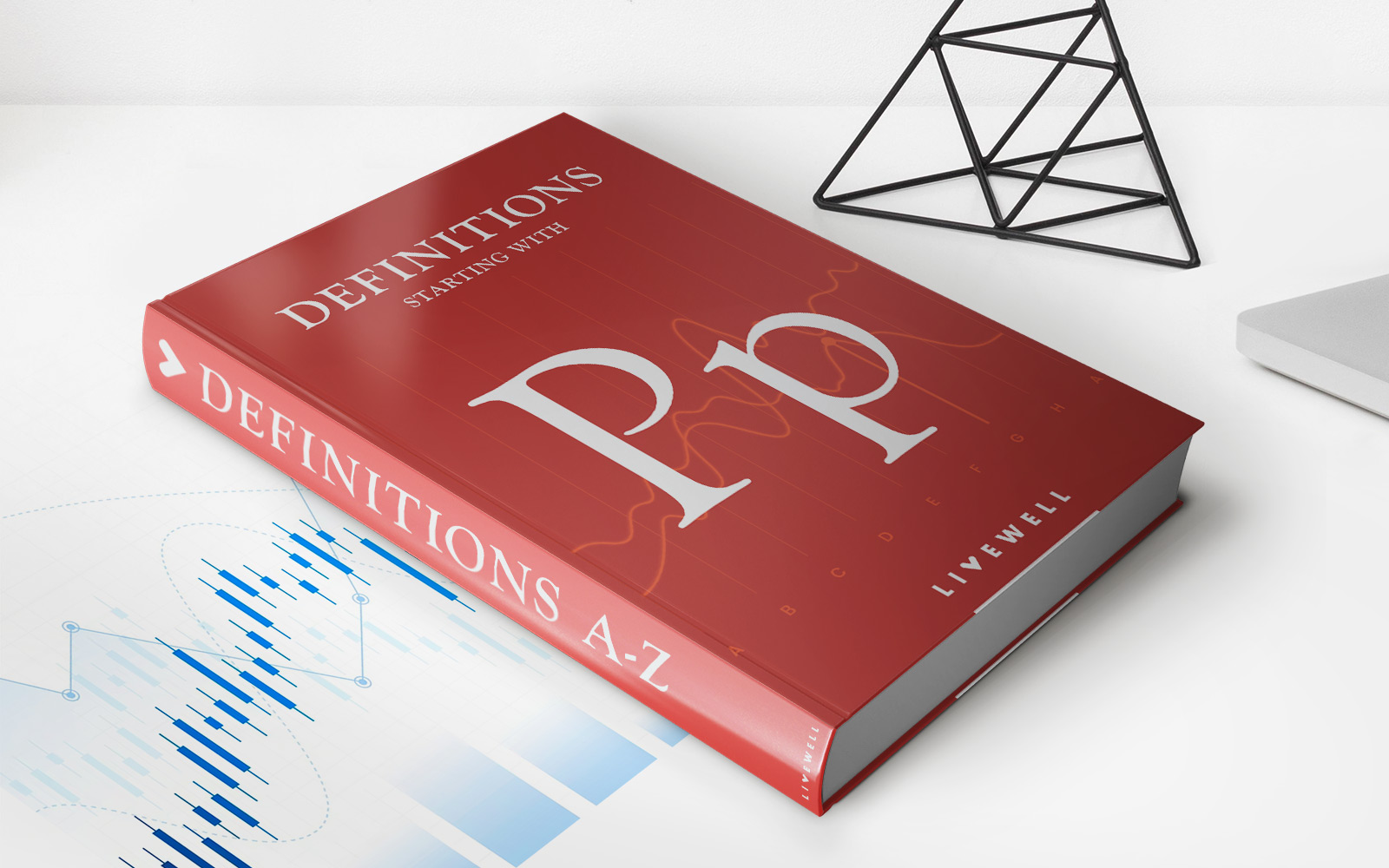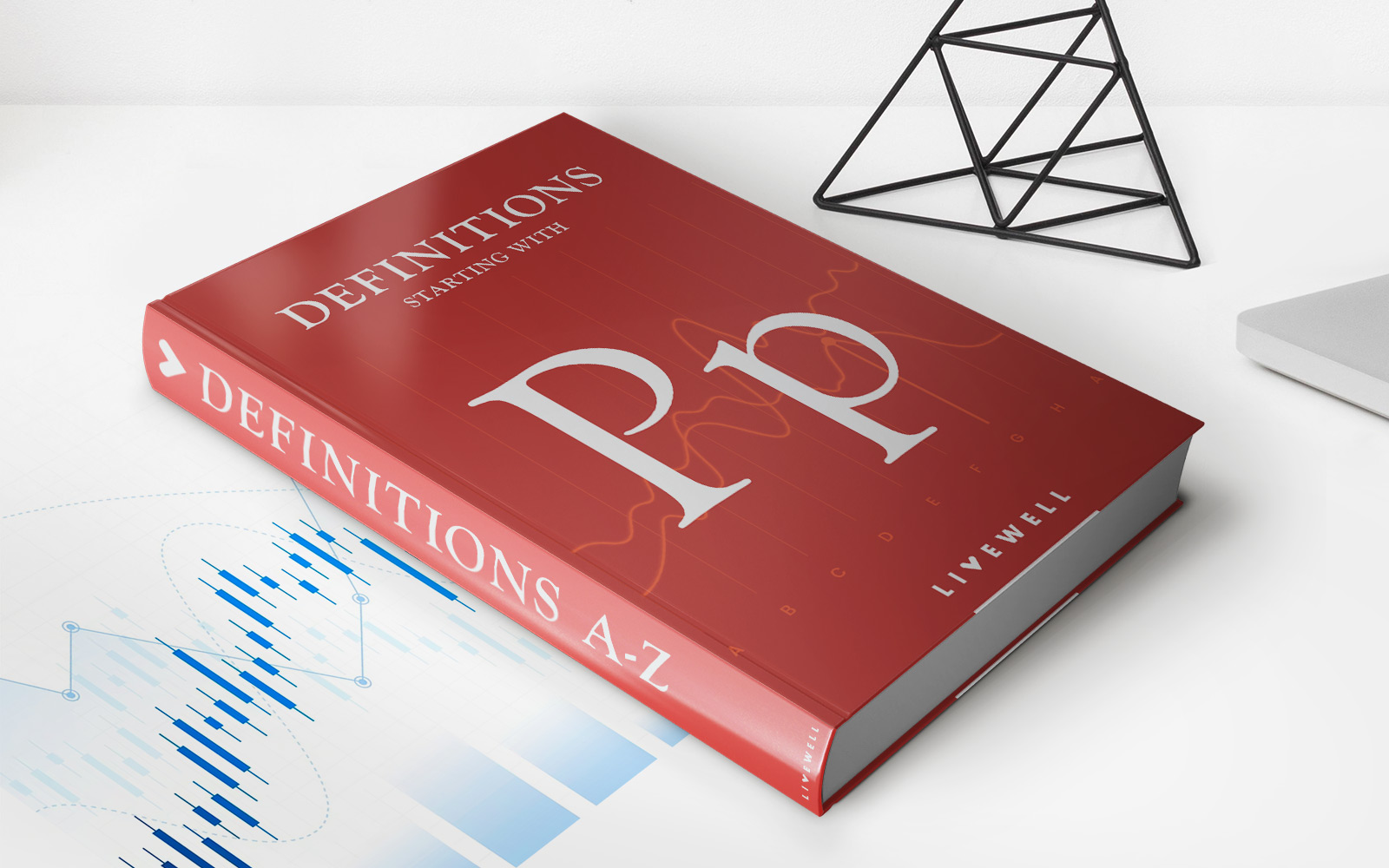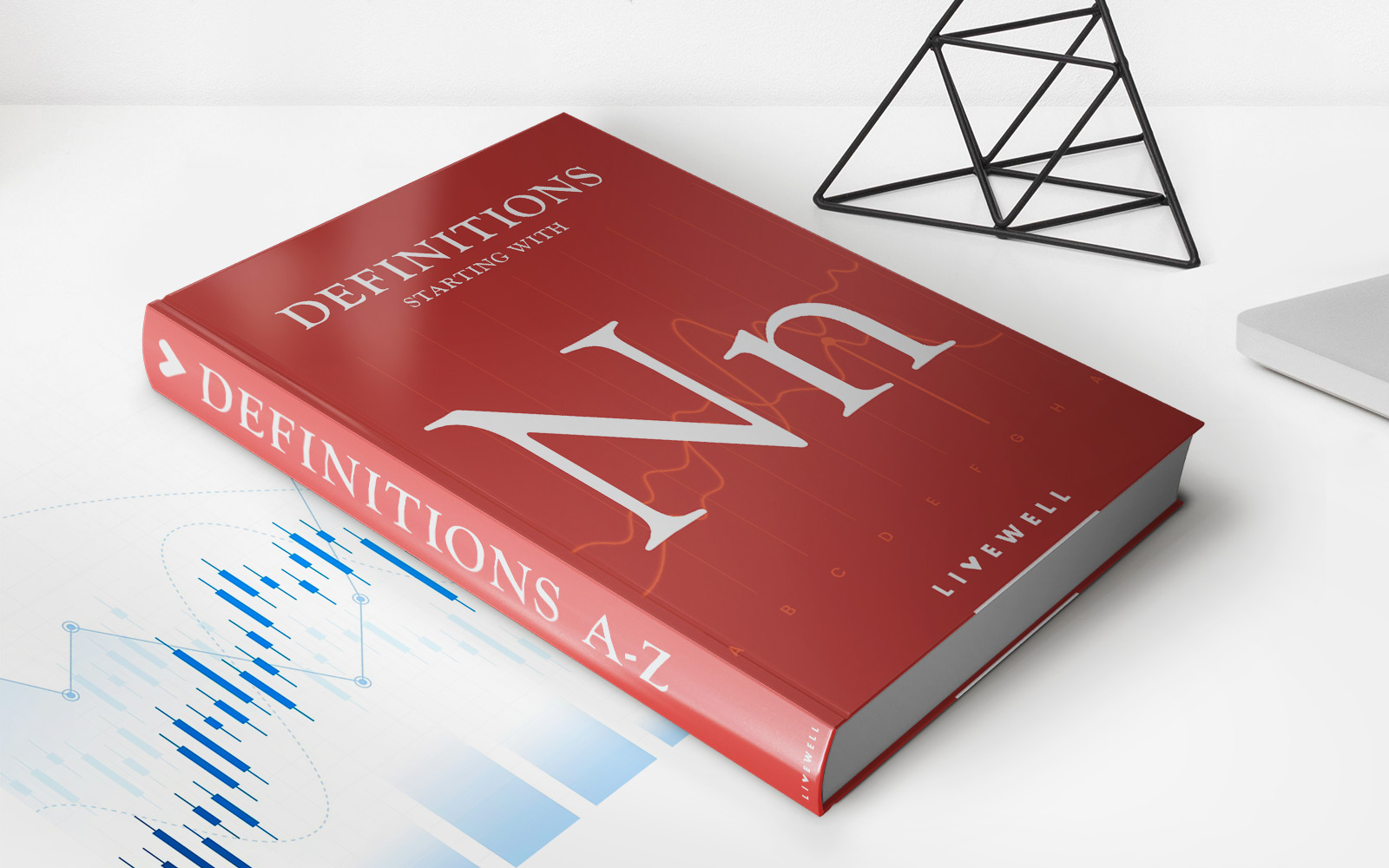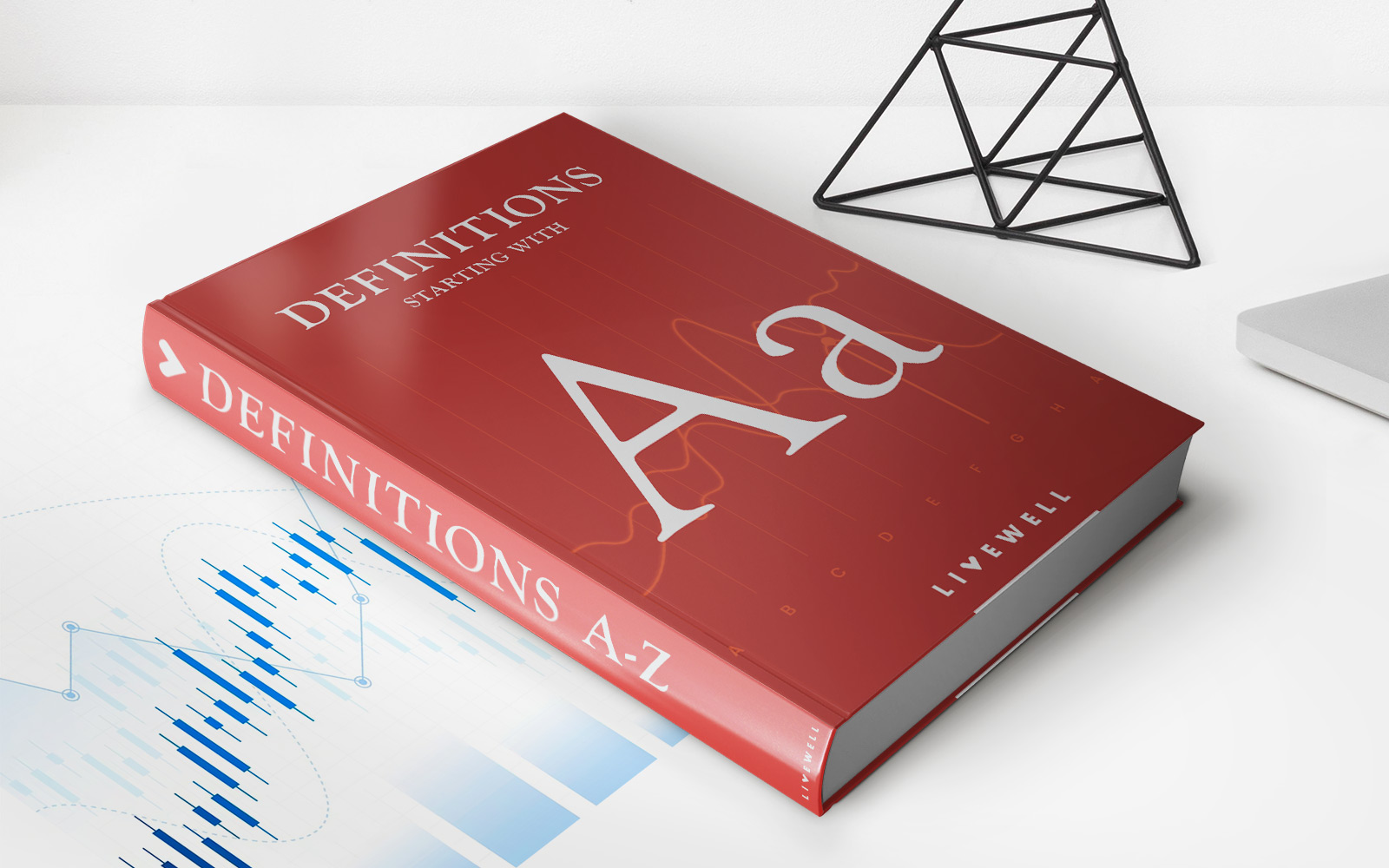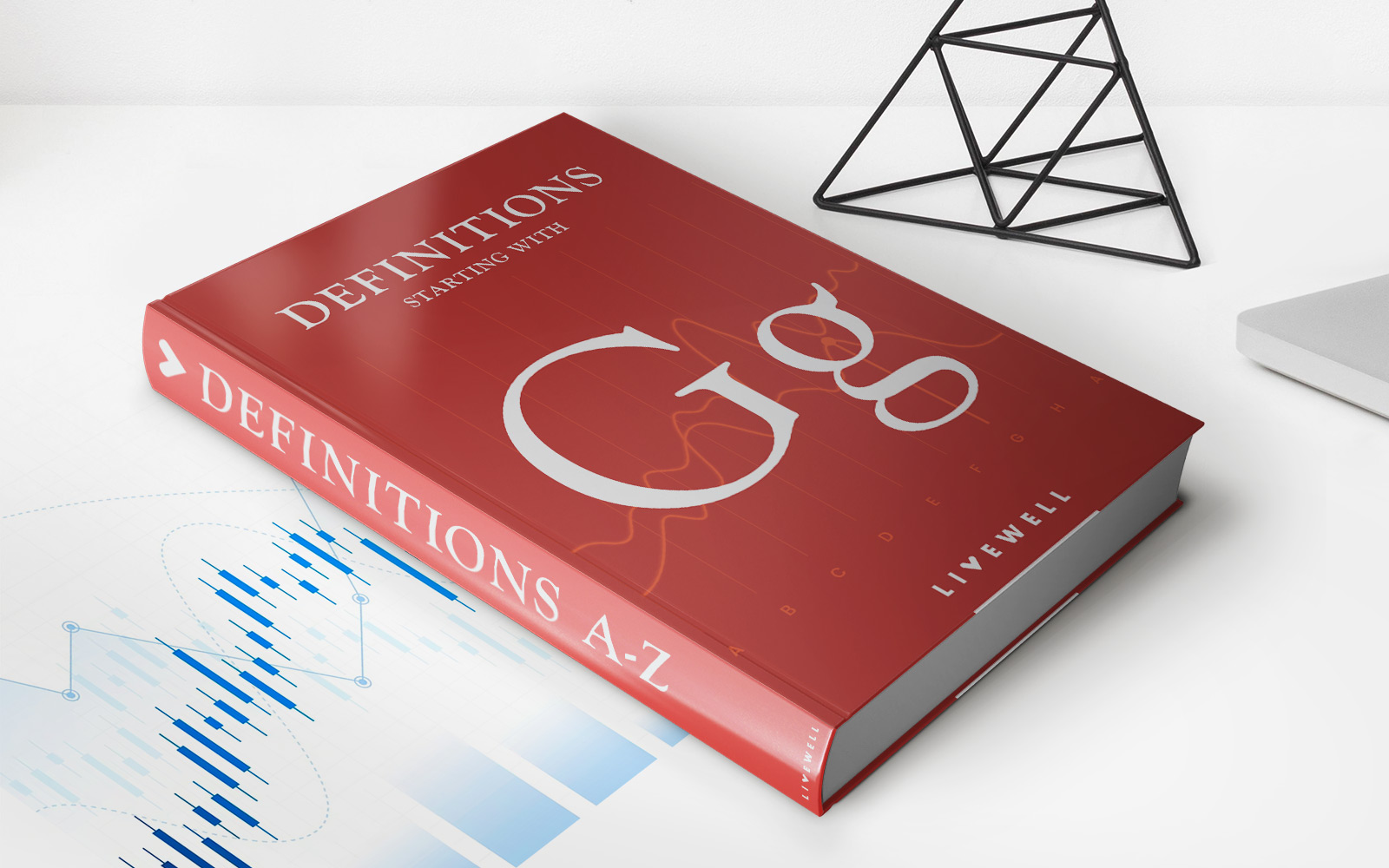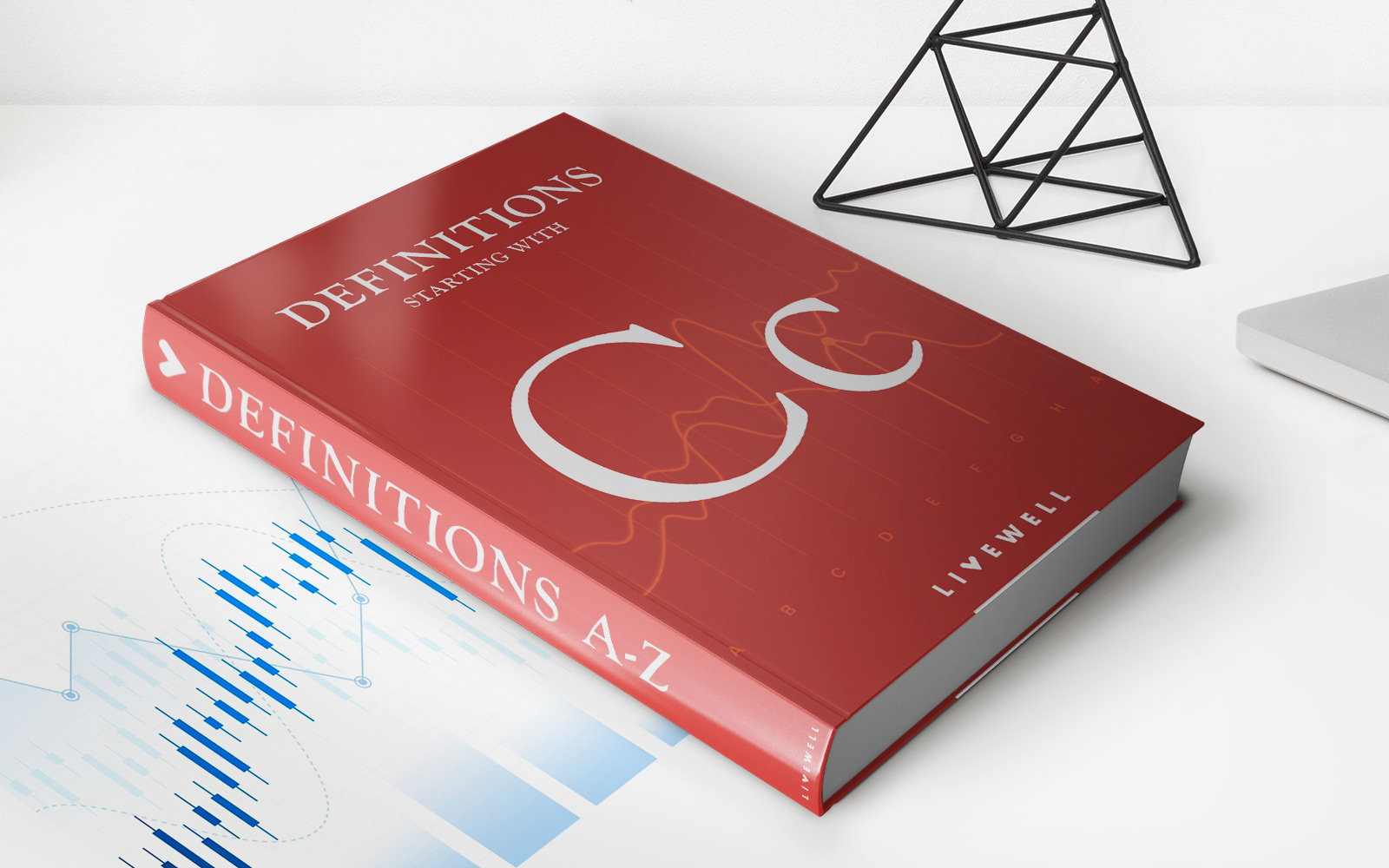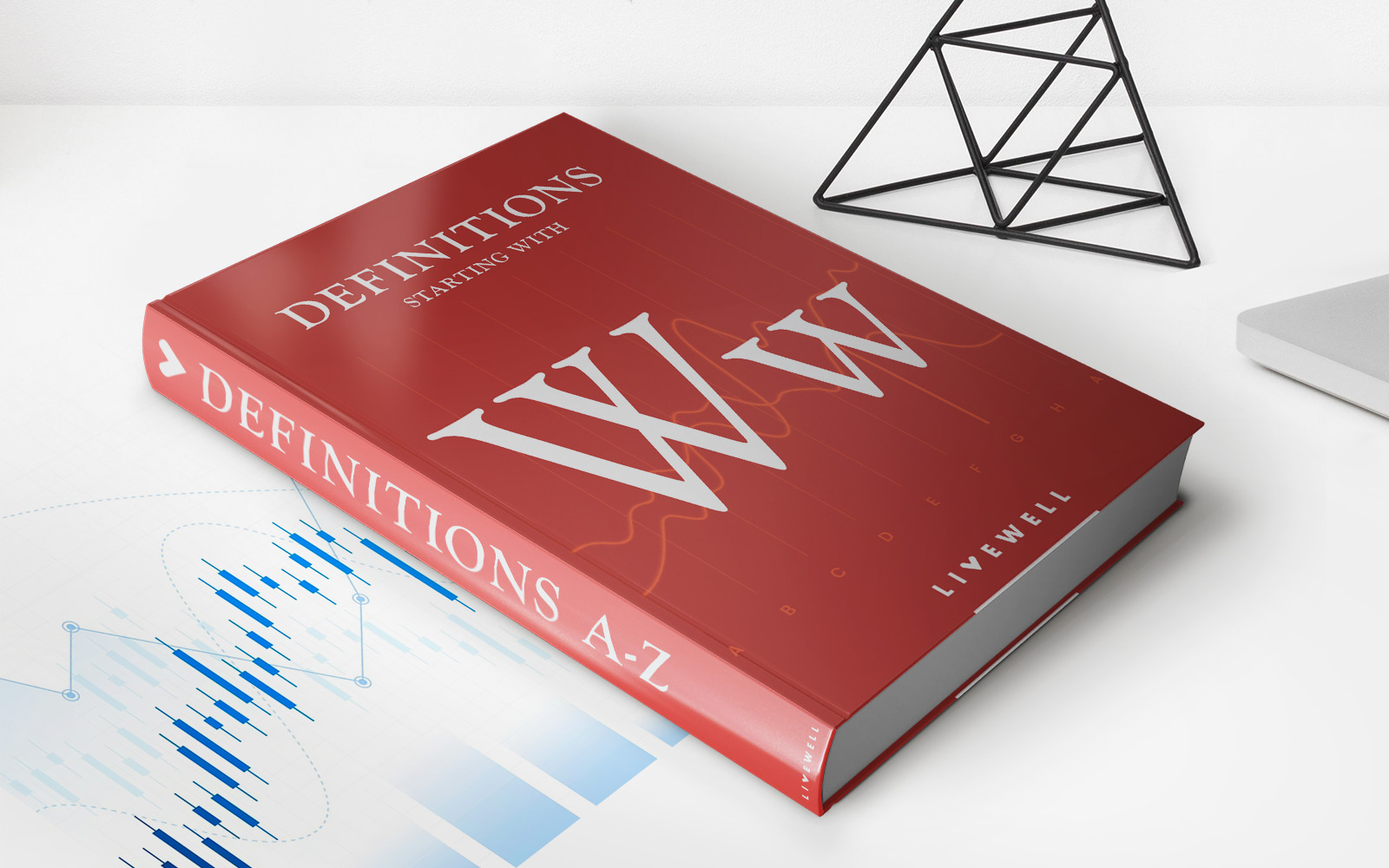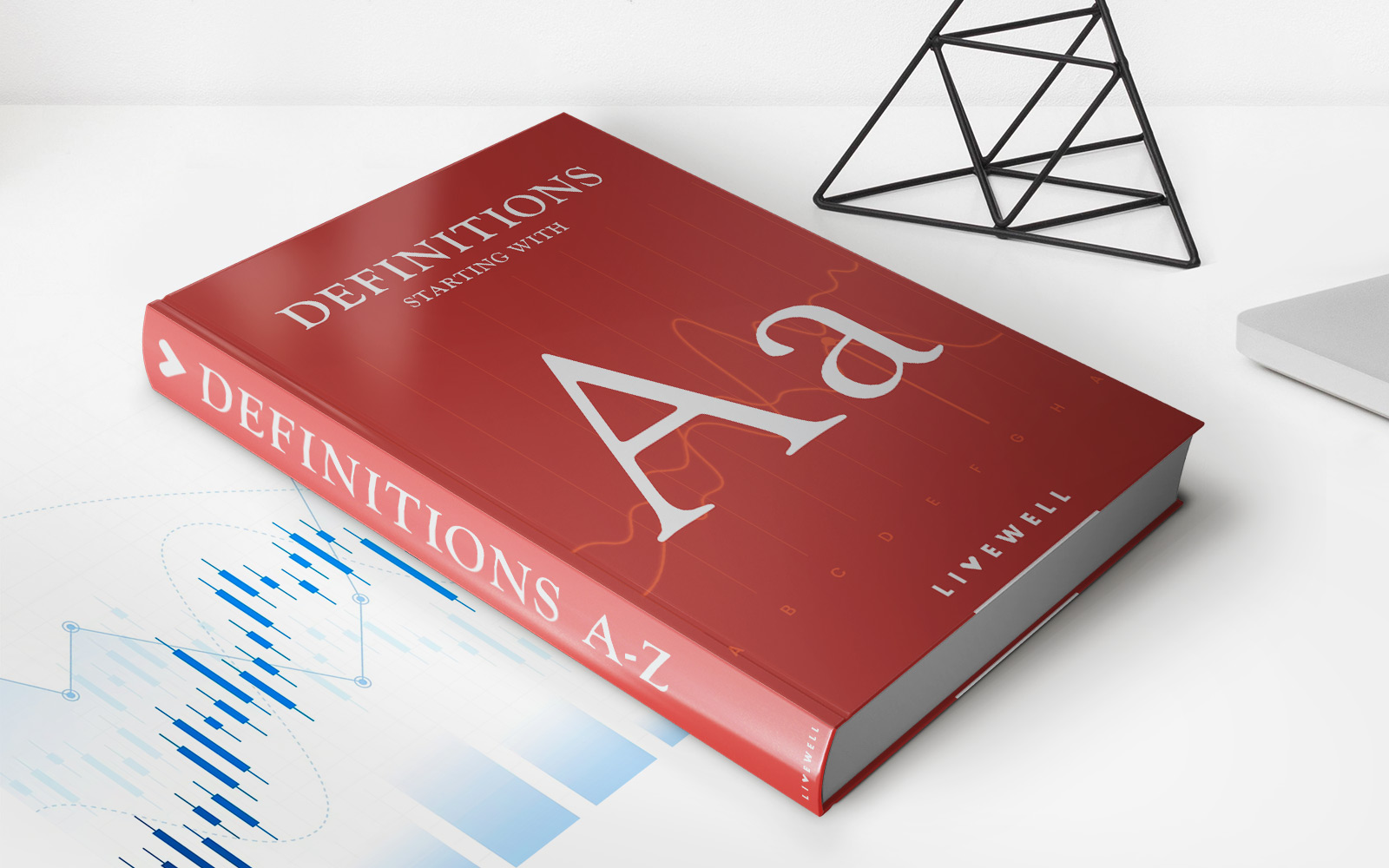Home>Finance>What Is Negative Gearing? Definition, How It Works, And Profiting

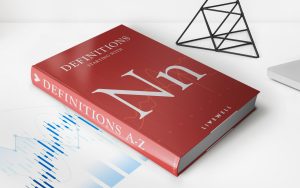
Finance
What Is Negative Gearing? Definition, How It Works, And Profiting
Published: December 29, 2023
Learn the definition and workings of negative gearing in finance, and discover how to profit from this investment strategy.
(Many of the links in this article redirect to a specific reviewed product. Your purchase of these products through affiliate links helps to generate commission for LiveWell, at no extra cost. Learn more)
Unlocking the Secrets of Negative Gearing
When it comes to finance and investment, there are many concepts that can seem complex at first. One such concept that often leaves people scratching their heads is negative gearing. But fear not! In this article, we will demystify the world of negative gearing, providing a clear definition, explaining how it works, and exploring how it can be a profitable strategy in the right circumstances.
Key Takeaways:
- Negative gearing is a financial strategy where the expenses of an investment property exceed the rental income.
- Investors can claim tax deductions on the losses, potentially reducing their overall taxable income.
So, what exactly is negative gearing? In simple terms, negative gearing is a financial strategy used by property investors where the expenses incurred in owning an investment property, such as loan interest, property management fees, and maintenance costs, exceed the rental income generated from the property. This results in a negative cash flow, which can be offset against other forms of income, ultimately reducing the investor’s taxable income.
Now, let’s break down how negative gearing works. Imagine you purchase an investment property for $500,000 with a rental income of $400 per week. However, after deducting all the expenses associated with the property, including interest on the mortgage, rates, and repairs, your total expenses amount to $450 per week. This means that you are left with a negative cash flow of $50 per week, or $2,600 per year.
While negative gearing may initially seem counterintuitive, there are potential benefits to be gained. The ability to claim tax deductions on the losses incurred through negative gearing can significantly reduce an investor’s taxable income. In the example above, the investor could potentially offset the $2,600 loss against their other income, resulting in a lower overall tax liability.
It is important to note that negative gearing is not without risks. An investor relying solely on negative gearing to make their property investment profitable relies on the property’s value appreciating over time. In addition, changes in tax laws and interest rates can impact the viability of negative gearing as a strategy.
So, how can you profit from negative gearing? While negative gearing may suit some investors’ financial situations, it is crucial to carefully consider factors such as the property’s potential for capital growth, rental demand in the area, and the investor’s ability to absorb any ongoing negative cash flow. Seeking advice from a financial professional who understands the intricacies of negative gearing can also be invaluable.
- Understand the concept of negative gearing and its potential benefits and risks.
- Consider factors such as property value appreciation and ongoing expenses before implementing negative gearing as a strategy.
Negative gearing can be a powerful tool in the right circumstances, providing investors with the opportunity to reduce their tax liabilities and potentially profit from property investments. However, thorough research, careful planning, and professional advice are essential to ensure that negative gearing aligns with your financial goals and capabilities.
